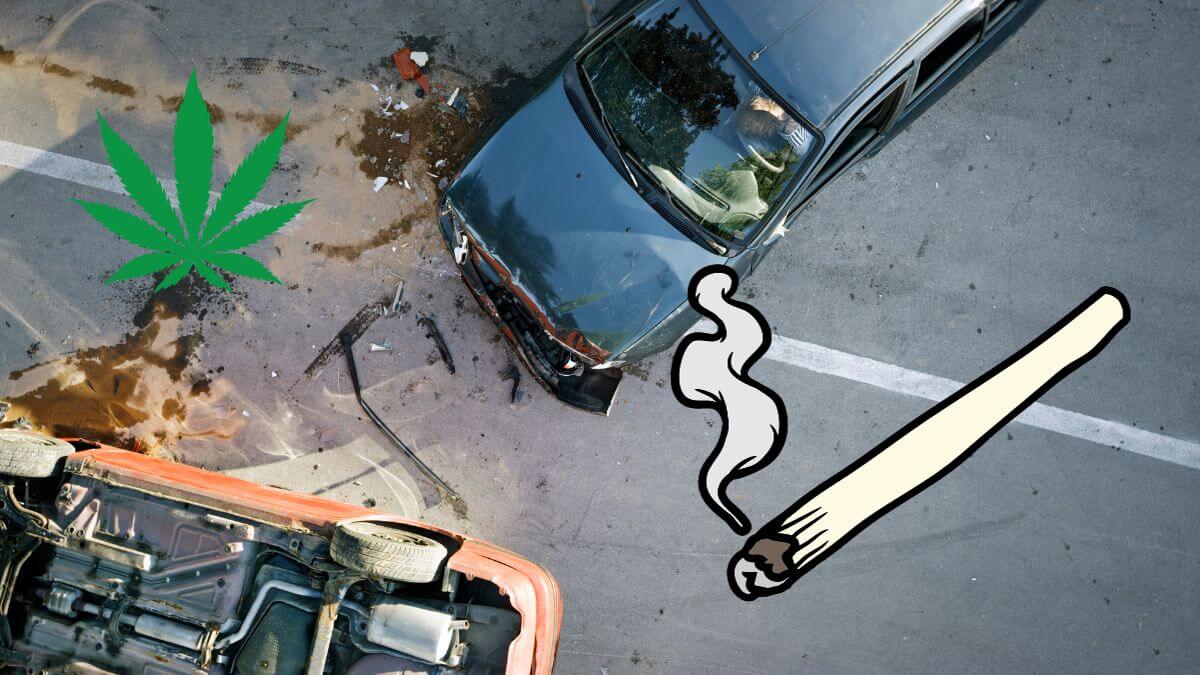
Booming sales of legalised cannabis in Canada has led to booming numbers of car crashes and associated ED visits. In 2018, Canada became one of the first countries in the world to nationally legalise recreational cannabis. But the experiment isn’t going so well according to new research.
The research published in the Journal of American Medical Association found that after legalisation and commercialisation of cannabis, there was an increase of 223% in rates of cannabis-involved traffic injury ED visits compared to the pre-legalisation period.
“Our findings highlight a concerning increase in cannabis-involvement in traffic-injury emergency visits over time, with even sharper spikes following the phases of legalization and commercialization,” said lead author Dr. Daniel Myran at the Institute for Clinical Evaluative Sciences (ICES).
“Conversely, alcohol-involvement in traffic injury ED visits did not increase over the study period, which suggests that legalization of cannabis has played an important role in rising rates,”
These same outcomes would now be happening in New Zealand, if we hadn’t voted NO to cannabis legalisation at the 2020 referendum.
Article by Cara Murez for U.S. News:
Emergency room visits for injuries related to driving under the influence of cannabis skyrocketed in Canada after the drug was legalized there, a new study reports.
In October 2018, Canada became the second country to nationally legalize recreational or nonmedical cannabis for adult use.
While known cannabis-involved emergency department (ED) visits for traffic injuries were still rare, they grew by 475% over 13 years, with a sharper rise in accidents after legalization, the researchers found.
“Our findings highlight a concerning increase in cannabis-involvement in traffic-injury emergency visits over time, with even sharper spikes following the phases of legalization and commercialization,” said lead author Dr. Daniel Myran, a post-doctoral trainee at the Institute for Clinical Evaluative Sciences (ICES) and a family physician at the Ottawa Hospital.
“Conversely, alcohol-involvement in traffic injury ED visits did not increase over the study period, which suggests that legalization of cannabis has played an important role in rising rates,” Myran said in an ICES news release.
For the study, the researchers looked at cannabis-involved ED visits for traffic injuries between 2010 and 2021, looking for changes after the October 2018 commercialization of the legal cannabis market, which expanded products and retail stores.
The investigators reviewed data from more than 947,000 ED visits for traffic injuries in the province of Ontario. Annual rates of cannabis-involved visits surged from 0.18 visits per 1,000 total collisions in 2010 to 1.01 in 2021.
Legalizing non-medical cannabis with restrictions was associated with a 94% increase in the rate of cannabis-involved traffic injury ED visits compared to the pre-legalization period.
Later, after commercialization, which overlapped with the COVID-19 pandemic, researchers saw an even greater increase of 223% in rates compared to the pre-legalization period.
Higher rates of ED visits were seen in men, those who lived in lower-income neighborhoods and those ages 19 to 21, as well as for those who had a prior cannabis-related ED visit.
“The observed increase in cannabis-involved traffic injuries might reflect broader trends in cannabis-impaired driving,” Myran said. “The study highlights the need for enhanced prevention efforts, including targeted education and policy measures.”
A study limitation is that emergency department staff may have been more aware of the potential for cannabis-related traffic injuries after legalization, the authors noted. This could have led to higher levels of testing for cannabis. This would not explain the entire increase, however.
It’s too soon to know the true impact of cannabis legalization on road safety because there was such a decline in driving and mobility during the pandemic, which overlapped with much of this time period.
Read U.S. News article here
The study findings are published here: www.jamanetwork.com/journals/jamanetworkopen/fullarticle/2808961
